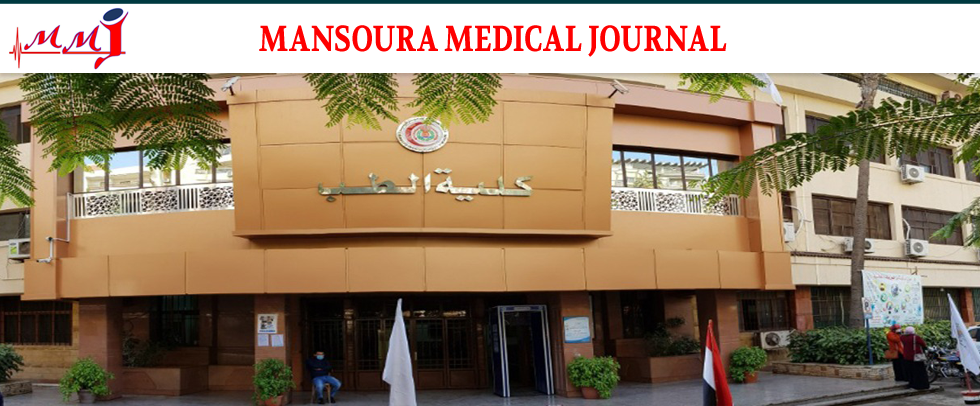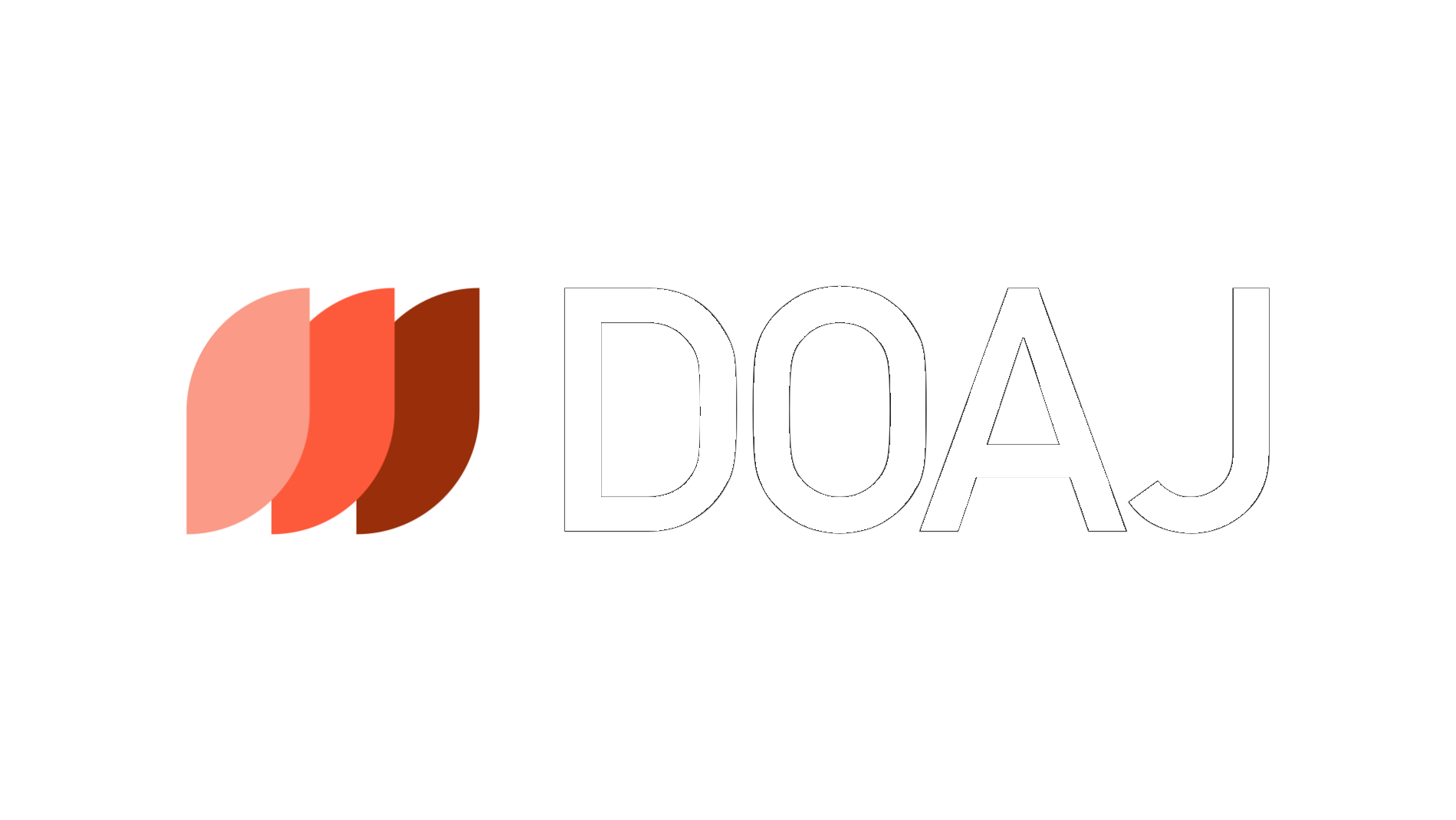Subject Area
Anaesthesia and Surgical Intensive Care
Article Type
Original Study
Abstract
Background Pain following open cardiac surgery in pediatric patient is crucial for the anesthesiologist Objective to compare a single-shot US-guided bilateral thoracic retrolaminar block (TRLB) and erector spinae plane block (ESPB) as regarding 24 hours postoperative opioid analgesic requirements as primary outcome, while time to first rescue analgesic, the post-operative pain score and rate of block-related complications were secondary outcomes Methods Each study group included 50 patients. TRLB group received 0.4 ml/kg bupivacaine (BPV) 0.25% injected under US guidance bilaterally as the needle touched the lamina of the T4 vertebra; while ESPB group received 0.4 ml/kg BPV 0.25% injected under US guidance bilaterally as the needle touched the transverse process of T4 vertebra Results The cumulative 24h postoperative fentanyl consumption and intra-operative fentanyl requirement was comparable in both groups while time to the first analgesic request (h) was significantly longer in ESPB group (6.9 ± 0.9) than in TRLB group (6.2 ± 1.0) (p=0.020) Conclusions In children scheduled for open heart operation through median sternotomy, US-guided bilateral TRLB is non-inferior to the ESPB in achieving post-operative analgesic effects including 24-hour post-operative opioid consumption and pain scores.
Recommended Citation
Abdelwahab, Ahmed Abdellatif Elsayed; Elrahmawy, Ghada Fathy; Abdelbaser, Ibrahim Ibrahim; and Elbadrawy, Rania Elmohamady
(2024)
"The effect of ultrasound-guided thoracic retrolaminar block versus erector spinae plane block on opioid consumption after pediatric open-heart surgery: a randomized controlled non-inferiority study,"
Mansoura Medical Journal: Vol. 53
:
Iss.
3
, Article 2.
Available at:
https://doi.org/10.58775/2735-3990.1427
Creative Commons License

This work is licensed under a Creative Commons Attribution 4.0 International License.



